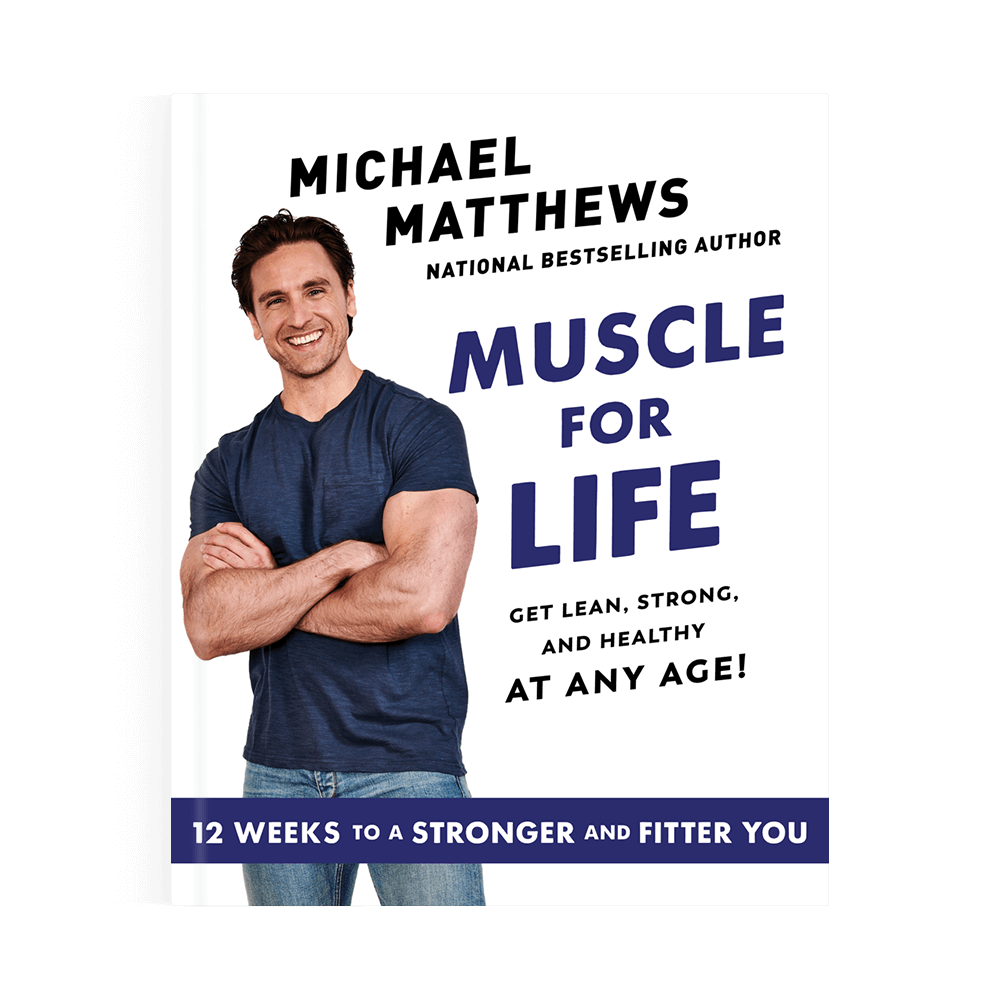Cardio machines often show pretty graphs indicating where your heart rate should be for “fat burning” versus “cardiovascular training”—usually your age subtracted from 200 and multiplied by 0.6.
As the story goes, by maintaining this heart rate during cardio, you’ll maximize fat burning.
There’s a kernel of truth here.
You do burn both fat and carbs when you exercise, and the proportion varies with the intensity of exercise. A very low-intensity activity like walking taps mainly into fat stores, whereas high-intensity sprints pull much more heavily from carbohydrate stores.
For example, at about 60% of your maximum heart rate, your body gets about half of its energy from carbohydrate stores and half from fat stores (hence the claim that you burn the most fat at an intensity of about 60-to-70% of maximum heart rate).
There’s more to consider, though:
1. Total calories burned while exercising.
If you walk off 100 calories, 85 of which come from fat stores, that isn’t as effective as spending that time in a moderate run that burns off 400 calories with 200 coming from fat.
2. Total fat loss over time.
The amount of fat you burn during a workout isn’t all that important when it comes to long-term fat loss. When you burn more fat and less carbs during a workout, you just burn less fat and more carbs later in the day, and vice versa.
Thus, when calorie expenditure is equated, a low-intensity session of cardio fueled primarily by body fat isn’t more conducive to fat loss than a higher-intensity session fueled primarily by carbs.
So, what kind of cardio is best for burning fat? The answer is twofold:
- Whatever burns the most calories.
- Whatever you can stick with.
If you enjoy slow, steady runs in the “fat-burning zone,” go for it. If you enjoy leisurely walks, that’s fine, too. And if you enjoy high-intensity interval sprints on an exercise bike, that’ll do as well.
For my part, I most enjoy moderate-intensity biking on an upright bike for a few reasons:
- It burns a fair amount of calories.
- It doesn’t strain my joints, muscles, and other tissues.
- I can take/make work and personal calls during this time.
- It may enhance lower-body muscle and strength gain.
Cardio is easier to incorporate into your fitness regimen than you may think, too.
In my new book Muscle for Life, I share three simple principles that allow you to enjoy most of the benefits cardio has to offer with none of the potential downsides.
With moderate, sustainable, and effective doses of strength training and cardiovascular exercise, you can build a body that looks, feels, and functions like a well-oiled machine.
And by combining strength training and cardio in the way I teach you in my new book Muscle for Life, you can maximize fat loss without hindering muscle or strength gain.
Get your copy today!
The post Should You Exercise in the “Fat Burning Zone”? appeared first on Legion Athletics.

